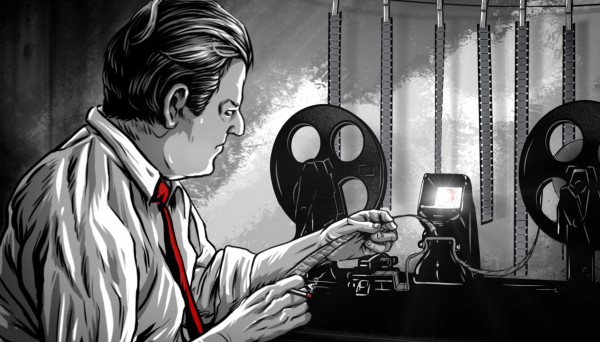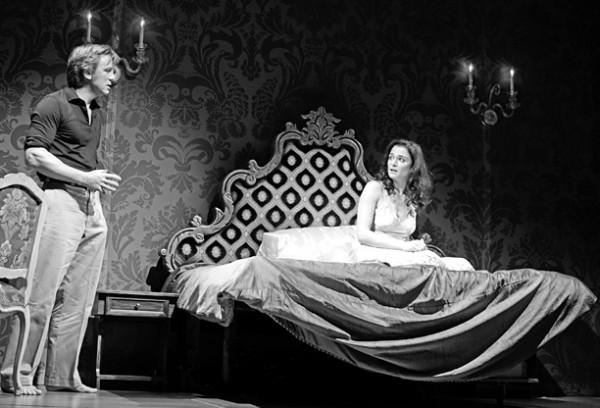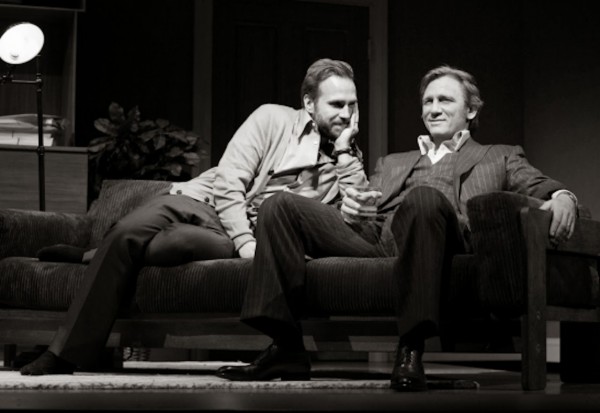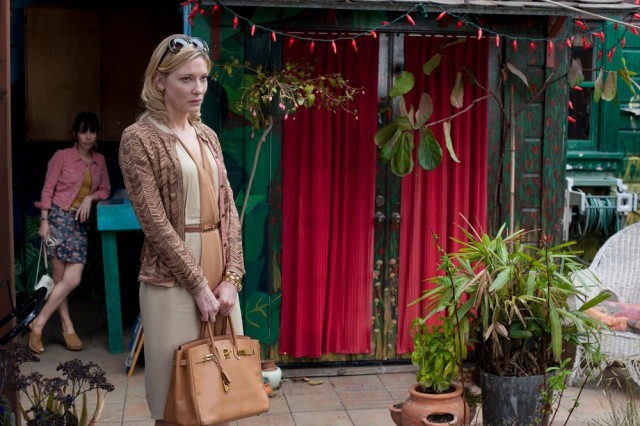
Jasmine (Cate Blanchett) has to start her life all over again with her sister (Sally Hawkins) in Woody Allen’s latest
BLUE JASMINE (Woody Allen, 2013)
MoMA Film, Museum of Modern Art
11 West 53rd St. between Fifth & Sixth Aves.
Saturday, November 9, 7:00
Series continues through January 16
Tickets: $12, in person only, may be applied to museum admission within thirty days, same-day screenings free with museum admission, available at Film and Media Desk beginning at 9:30 am
212-708-9400
www.moma.org
www.sonyclassics.com
 Woody Allen’s best film in years, Blue Jasmine is a modern-day Streetcar Named Desire filtered through the Bernie Madoff scandal. Cate Blanchett gives a marvelously nuanced and deeply textured performance as Jasmine French, an elegant socialite whose immensely wealthy husband, Hal (a wonderfully smarmy Alec Baldwin), amassed his fortune the new-fashioned way: by lying and cheating—only he was the rare financier who got caught and ended up in jail. Now broke and distraught, Jasmine moves in with her sister, Ginger (the delightful Sally Hawkins), a single mother with two kids living in a cramped apartment in San Francisco. Ginger and her ex-husband, Augie (an excellent Andrew Dice Clay), lost all their money by investing with Hal, and she is now trying to rebuild her life, working as a cashier and dating the gruff but dedicated Chili (a strong Bobby Cannavale). Not used to taking care of herself, Jasmine seems lost in a world that no longer treats her like a princess; she takes a job working for a dentist (Michael Stuhlbarg) and attends a computer class, but she is determined to regain her previous status. And that chance comes when she meets Dwight (a gentle Peter Sarsgaard), a man with grand plans who just might be the one to lead her back to the level to which she is accustomed.
Woody Allen’s best film in years, Blue Jasmine is a modern-day Streetcar Named Desire filtered through the Bernie Madoff scandal. Cate Blanchett gives a marvelously nuanced and deeply textured performance as Jasmine French, an elegant socialite whose immensely wealthy husband, Hal (a wonderfully smarmy Alec Baldwin), amassed his fortune the new-fashioned way: by lying and cheating—only he was the rare financier who got caught and ended up in jail. Now broke and distraught, Jasmine moves in with her sister, Ginger (the delightful Sally Hawkins), a single mother with two kids living in a cramped apartment in San Francisco. Ginger and her ex-husband, Augie (an excellent Andrew Dice Clay), lost all their money by investing with Hal, and she is now trying to rebuild her life, working as a cashier and dating the gruff but dedicated Chili (a strong Bobby Cannavale). Not used to taking care of herself, Jasmine seems lost in a world that no longer treats her like a princess; she takes a job working for a dentist (Michael Stuhlbarg) and attends a computer class, but she is determined to regain her previous status. And that chance comes when she meets Dwight (a gentle Peter Sarsgaard), a man with grand plans who just might be the one to lead her back to the level to which she is accustomed.
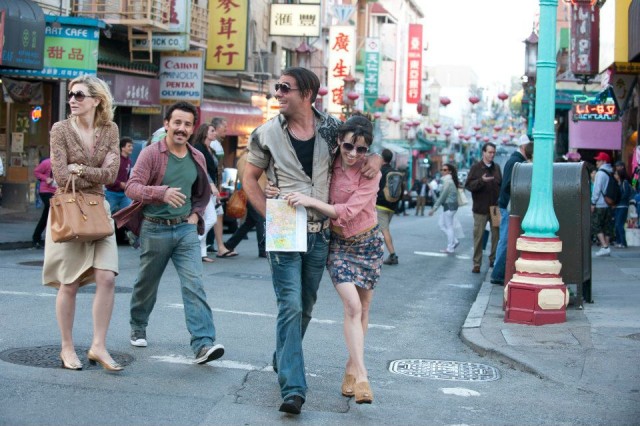
Sisters Jasmine (Cate Blanchett) and Ginger (Sally Hawkins) go on an awkward double date in San Francisco
With Blue Jasmine, Allen has written his best screenplay since 1989’s Crimes and Misdemeanors, creating a complex, multilayered narrative that intelligently examines both sides of the financial crisis, as the rich Jasmine loses everything and the lower-middle-class Ginger can’t quite reach the next level. The relationship between the two sisters is bittersweet, evoking Tennessee Williams’s Blanche and Stella, with Jasmine the delusional sibling and Ginger as the much more realistic one, in this case dealing with a pair of Stanley Kowalski-type brutes. The story travels seamlessly back and forth between the past and the present, concentrating on Jasmine’s downward emotional and psychological spiral, which is supremely evident in Suzy Benzinger’s dazzling costume design and the detailed makeup, which focuses particularly on Blanchett’s stunningly emotive eyes. She physically dominates the screen like no previous Allen leading lady, with cinematographer Javier Aguirresarobe (Vicky Cristina Barcelona) making sure she fills the screen again and again. It’s a sensational star turn in a film loaded with superb acting. Blue Jasmine is a joy to watch from beginning to end, a deft commentary from a master back at the very top of his game. Blue Jasmine is screening November 9 at 7:00 as part of MoMA’s annual series “The Contenders,” consisting of exemplary films they believe will stand the test of time; upcoming entries, many of which will be followed by Q&As with the filmmakers or actors, include Stephen Frears’s Philomena, Joshua Oppenheimer’s The Act of Killing, Steve McQueen’s 12 Years a Slave, and Rick Rowley’s Dirty Wars.
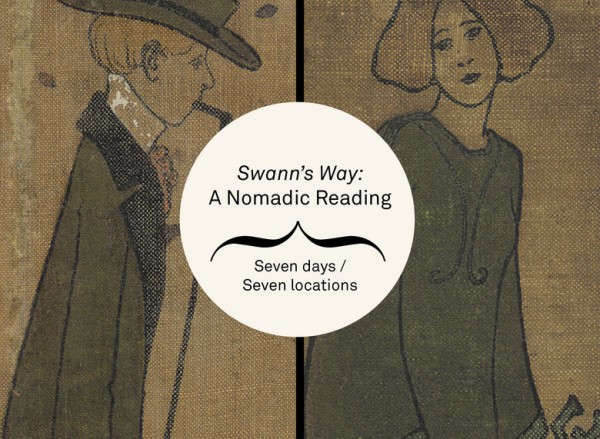
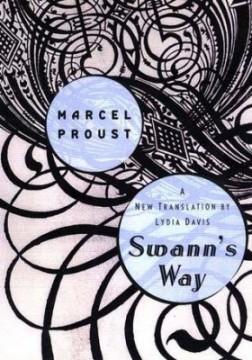

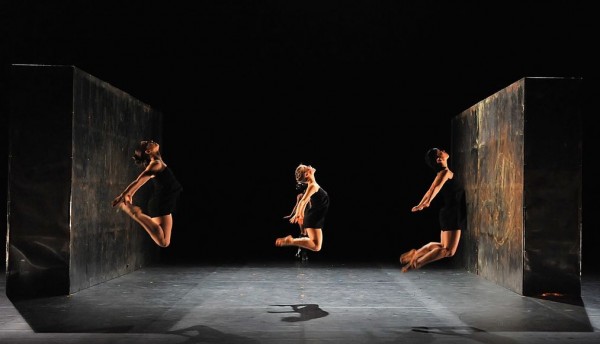
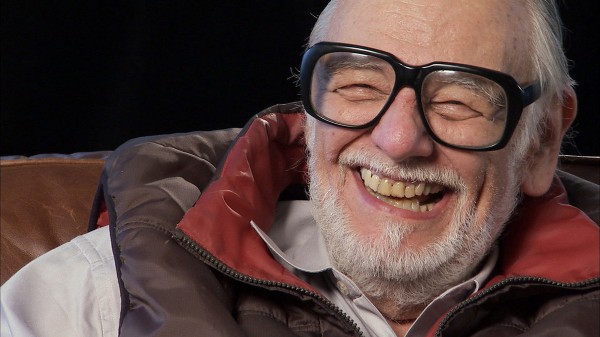
 “It was this tiny little movie in Pittsburgh that seemed to have no chance and it changed the world,” says Jason Zinoman at the beginning of Rob Kuhns’s extremely entertaining new documentary, Birth of the Living Dead. Zinoman, author of Shock Value: How a Few Eccentric Outsiders Gave Us Nightmares, Conquered Hollywood, and Invented Modern Horror, is one of several experts discussing the making, influence, and legacy of college dropout George A. Romero’s 1968 classic frightfest, Night of the Living Dead, which essentially invented the flesh-eating zombie. Throughout the documentary, the Bronx-born Romero, looking somewhat like a wide-eyed, white-haired Martin Scorsese, shares fascinating behind-the-scenes details about the creation of his masterpiece, describing how he raised what little funds he could, how most of the nonprofessional actors were members of the local community (steel workers, cops, meatpackers, ad executives, television hosts, etc.) who not only played ad-libbing humans or zombies but also supplied props, did the makeup, and donated equipment, and how no one really thought they’d ever actually finish and distribute the film, having previously specialized primarily in beer commercials and such authorized shorts as Mister Rogers Gets a Tonsillectomy — which Romero still considers his scariest work to date. Fans of Night of the Living Dead will glory in learning more about Harry and Helen Cooper (business partners Karl Hindman and Marilyn Eastman), newscaster Charles Craig, cemetery zombie Bill Hinzman, Sheriff McClelland (George Kosana), and others. While Romero says that the casting of Duane Jones as Ben was not based on race — and that not a word of the script was changed because Jones was black — a group of talking heads relates how it was a genius move not to make specific mention of race in the film, which was completed just before the assassination of Dr. Martin Luther King, Jr.
“It was this tiny little movie in Pittsburgh that seemed to have no chance and it changed the world,” says Jason Zinoman at the beginning of Rob Kuhns’s extremely entertaining new documentary, Birth of the Living Dead. Zinoman, author of Shock Value: How a Few Eccentric Outsiders Gave Us Nightmares, Conquered Hollywood, and Invented Modern Horror, is one of several experts discussing the making, influence, and legacy of college dropout George A. Romero’s 1968 classic frightfest, Night of the Living Dead, which essentially invented the flesh-eating zombie. Throughout the documentary, the Bronx-born Romero, looking somewhat like a wide-eyed, white-haired Martin Scorsese, shares fascinating behind-the-scenes details about the creation of his masterpiece, describing how he raised what little funds he could, how most of the nonprofessional actors were members of the local community (steel workers, cops, meatpackers, ad executives, television hosts, etc.) who not only played ad-libbing humans or zombies but also supplied props, did the makeup, and donated equipment, and how no one really thought they’d ever actually finish and distribute the film, having previously specialized primarily in beer commercials and such authorized shorts as Mister Rogers Gets a Tonsillectomy — which Romero still considers his scariest work to date. Fans of Night of the Living Dead will glory in learning more about Harry and Helen Cooper (business partners Karl Hindman and Marilyn Eastman), newscaster Charles Craig, cemetery zombie Bill Hinzman, Sheriff McClelland (George Kosana), and others. While Romero says that the casting of Duane Jones as Ben was not based on race — and that not a word of the script was changed because Jones was black — a group of talking heads relates how it was a genius move not to make specific mention of race in the film, which was completed just before the assassination of Dr. Martin Luther King, Jr.